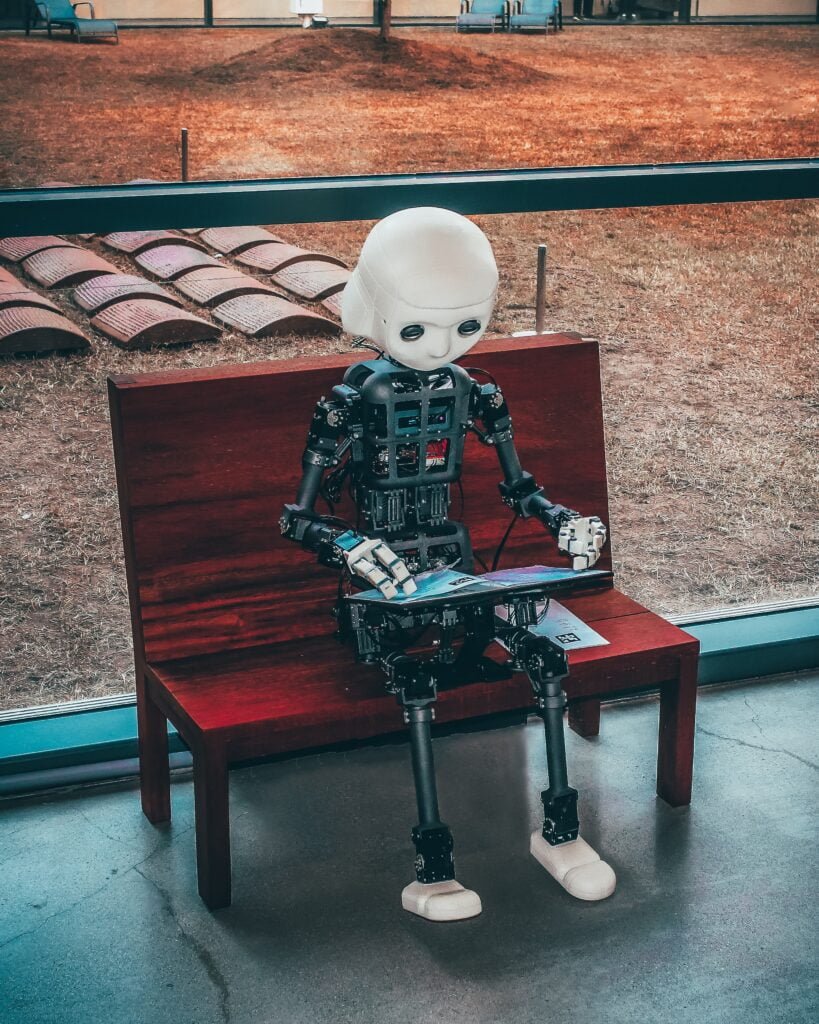In the rapidly advancing field of artificial intelligence, the latest State of AI report has revealed concerning trends in the commitment of major tech companies to the responsible development of AI. Despite their grandiose promises and voluntary commitments, it appears that many tech giants are falling short of their ethical obligations. From union-busting tactics to data scandals and copyright violations, the industry’s track record leaves much to be desired.

One pressing question that has been keeping researchers and ethicists awake at night is this: How can we ensure that highly intelligent AI systems, including potential superintelligent entities, align with their intended purpose? Swedish philosopher Nick Bostrom has explored this profound issue in his book ‘Superintelligence,’ shedding light on the unsolved technical challenges that lie ahead.
A Striking Example of AI Misalignment
An infamous example of AI misalignment serves as a stark reminder of the problem’s persistence. Google’s algorithm, trained on millions of labeled images, demonstrated the ability to categorize photos finely, differentiating between concepts like “Graduation.” However, it shockingly misclassified people of color as “Gorillas.” This incident underscores the recurring issues, despite tech companies’ purported efforts to improve their algorithms and models.
The Value Alignment Dilemma
Irene Solaiman, the policy director at Hugging Face, highlights a significant problem within the AI community – the lack of consensus on value alignment. She points out that the prevailing definition of alignment often centers around developer intent, neglecting the perspectives of those affected by AI systems. Solaiman advocates for inclusive value alignment, which acknowledges and addresses biases and stereotypes within AI. The number of researchers dedicated to this cause varies, depending on whether they are technical or social scientists and their proximity to model development and deployment.
The State of Aligned AI
The latest State of AI report has brought another concern to the forefront – the shortage of AI researchers actively engaged in preventing AI models from misalignment. The total number of researchers in this field, particularly within seven leading organizations, is dismally low, comprising only a fraction of the global AI research community.
According to the report, Google DeepMind boasts the most extensive and well-established AI alignment team, consisting of 40 members led by co-founder Shane Legg. In contrast, OpenAI has a team of 11 members, and a rival startup, Anthropic, has 10.
OpenAI’s Approach to Preparedness
OpenAI recently introduced a team named “Preparedness” to evaluate and scrutinize AI models to mitigate “catastrophic risks.” They have also embarked on a super alignment project, aiming to create advanced AI to address potential dangers. However, this approach has raised concerns, with some experts considering it a perilous leap into the unknown.
“Tomorrow’s AI poses risks today,” warns Professor Olle Haggstrom, emphasizing the need to bridge the gap between those focusing on immediate AI risks and those concerned about long-term dangers. With the growing awareness that a catastrophic breakthrough may not be far off, these two factions should unite to build aligned AI, Haggstrom suggests.
The Label of Responsibility
While DeepMind has championed the cause of safer, aligned AI models from the outset, its counterpart, Google, seems to have different priorities. Google recently pledged $20 million for a responsible AI fund, a seemingly noble gesture. However, considering the company’s $60 billion profit in 2022, this amounts to a mere 0.0003% of their earnings allocated to building better AI models.
Several big tech companies have adopted the “responsible” label in recent years, touting their commitment to ethical AI. However, for many, this commitment appears to be a mere façade, concealing questionable practices that prioritize profits over ethics.
FAQs
Q1: What is AI misalignment?
AI misalignment refers to a situation where artificial intelligence systems do not behave as intended or expected by their developers. This misalignment can lead to undesirable outcomes and poses ethical and practical challenges in AI development.
Q2: What is value alignment in AI?
Value alignment in AI aims to ensure that AI systems’ behavior aligns with human values and intentions. It involves designing AI models that prioritize ethical and responsible decision-making.
Q3: How can AI developers address misalignment issues?
Addressing AI misalignment requires a combination of careful design, robust testing, and ongoing monitoring of AI systems. Developers must also consider a broad range of perspectives and potential biases that may affect the system’s behavior.
Q4: What are the potential risks associated with advanced AI development?
The development of advanced AI systems, particularly superintelligent AI, raises concerns about unintended consequences, loss of control, and the potential for AI systems to act in ways that harm humanity. It is essential to address these risks to ensure AI benefits society.
Q5: How can AI development prioritize ethics over profitability?
Prioritizing ethics in AI development requires a commitment from tech companies to invest in responsible AI research, value alignment, and addressing biases and misalignment. It also involves promoting transparency and accountability in AI systems.



